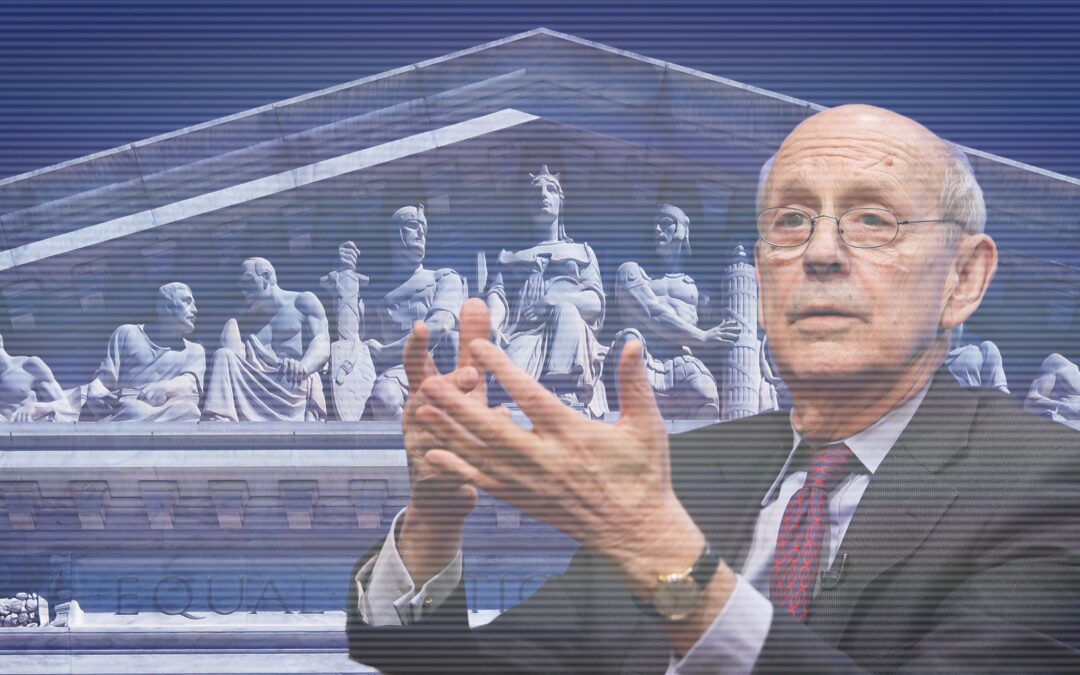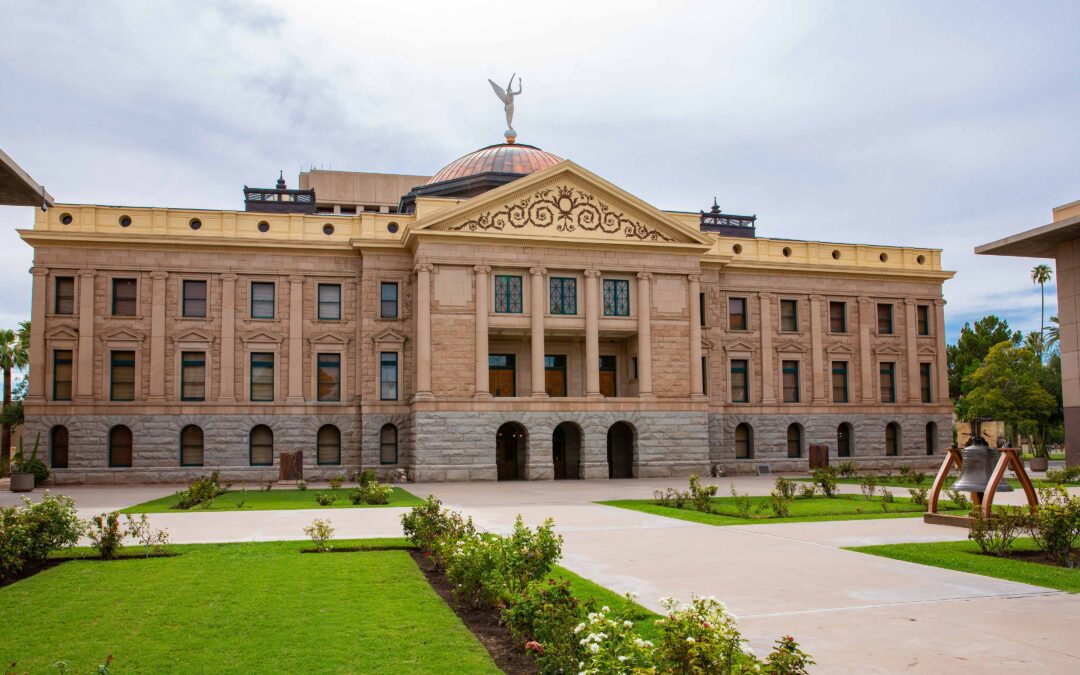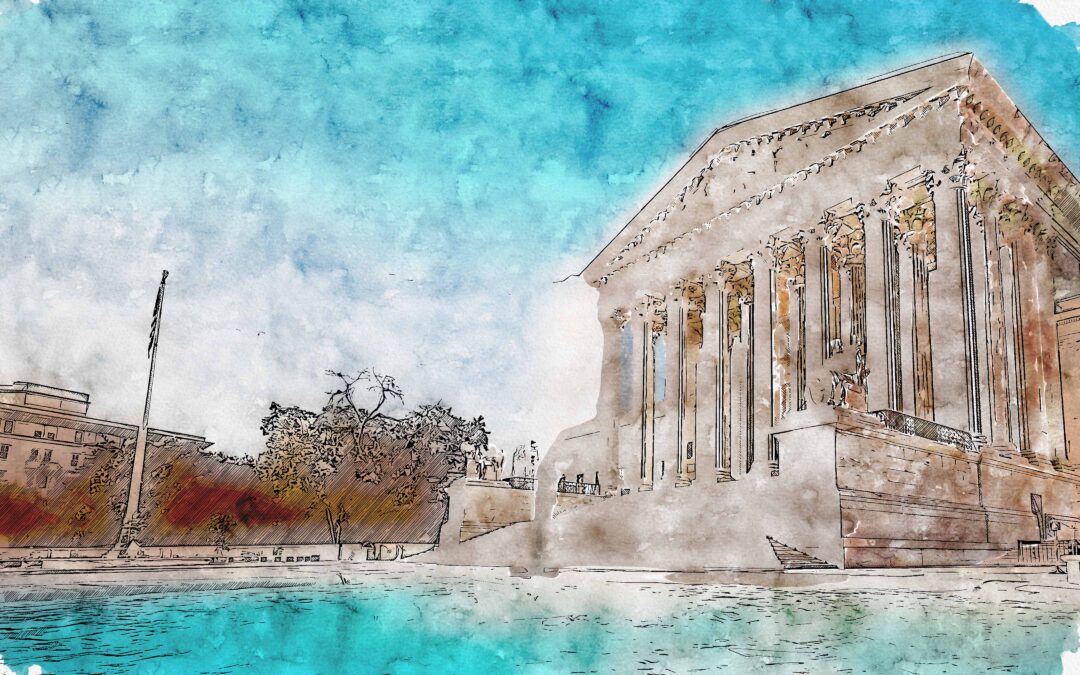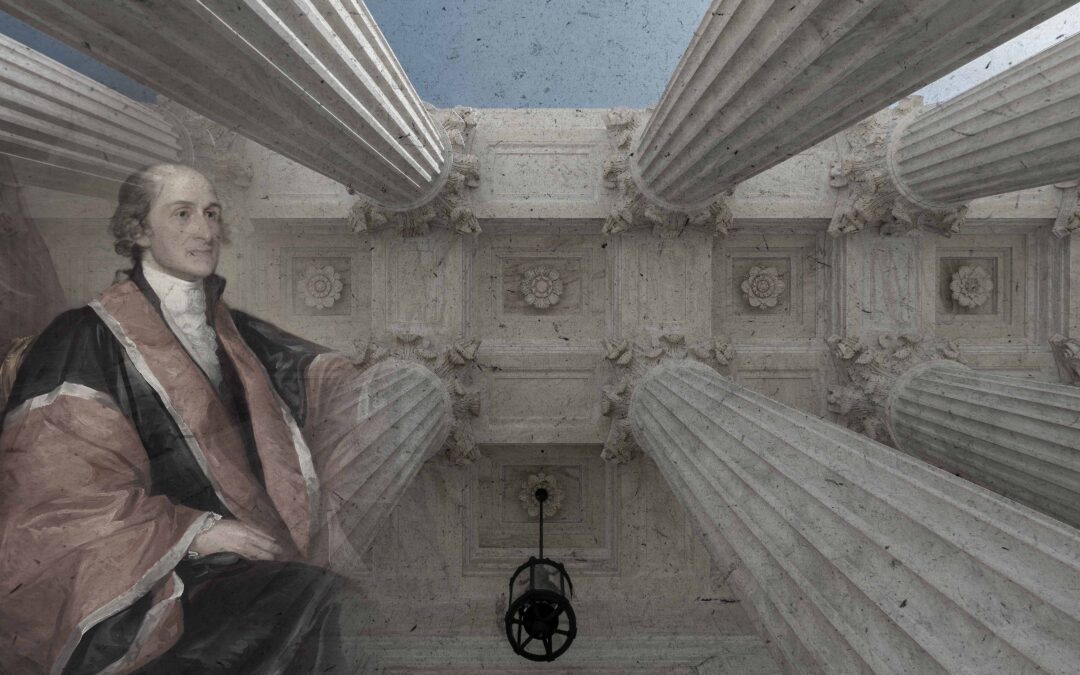
by William C. Duncan | Feb 18, 2022
‘Cert’ history: How cases get to the Supreme Court Written by The U.S. Supreme Court receives 7,000 to 8,000 requests each year to hear appeals from state and federal court decisions. It hears arguments in only about 80 of those cases. It was not always this way....

by William C. Duncan | Feb 16, 2022
Breyer’s record on religious freedom Written by Among the critical issues that the justice who replaces Stephen Breyer will help decide is how religious freedom will be protected. How did Justice Breyer approach these issues during his service on the court? One...

by William C. Duncan | Feb 11, 2022
Arizona’s nondiscrimination legislation may build on Utah’s example Written by In a series of articles, Sutherland has laid out a vision for advancing religious freedom by reducing conflicts between religious practice and other important interests. An example of...

by William C. Duncan | Feb 9, 2022
The Supreme Court and the recognition of new rights Written by During the 1930s, the U.S. Supreme Court struck down as unconstitutional a number of state and federal economic regulations such as minimum wage laws. In doing so, it stopped relying on a line of cases...

by William C. Duncan | Feb 4, 2022
2 concepts that beefed up the Supreme Court’s influence Written by The first chief justice of the U.S. Supreme Court, John Jay, was a remarkably accomplished man. As the website of the John Jay Homestead summarizes: Of all the Founding Fathers, no other filled so...





